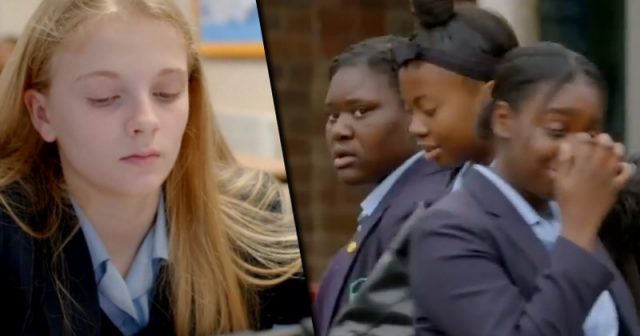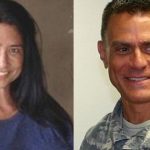When a school tried to end racism, white children were left in tears. After separating the students by race, the admission about what terrifies these kids was certainly eye-opening.
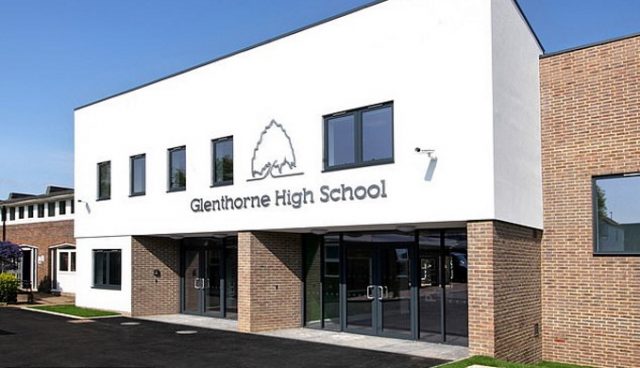
Glenthorne High School in South London sought to end racism by dividing year 7 pupils (the equivalent to 6th-graders in the U.S.) into “affinity groups” of white and non-white students. It was part of a three-week program aimed at reducing unconscious bias, inspired by similar experiments in the U.S. by Mariama Richards, a diversity and inclusion practitioner who introduced mandatory affinity programs to schools in New York and Washington DC, according to Daily Mail.
The pupils had workshops and lessons together on white privilege and racial inequality throughout the program, but once a week, the 11 and 12-year-olds discussed race and ethnicity in segregated groups. The idea was for them to share their experience with race without judgment. Later, they came back together to talk about what they learned, and it was all captured on camera for Channel 4’s documentary “The School That Tried to End Racism.” But, so much more went on than what the video below shows.
The experiments leave white children in tears:
In one experiment, the children were shown pictures of black children to see seeing how quickly they could associate negative words with them versus positive words with white children. They also discussed “what it means to be white” and did a “privilege walk,” where they stepped forward or back in response to questions about their lives. During the experiments, white children struggled to discuss race while non-white students found the topics easier to talk about.
White children were not only left in tears, saying they felt “guilty” about race, but they also admitted that they “are terrified they could ruin their lives by saying the wrong thing.” Henry, a white student, is among the pupils who struggled with the experiment. When asked to discuss race, he broke down crying. He said he feels “awful” talking about race because he is terrified he might say something that could offend someone and that it could follow him for life.
“[Before I talk about race] I think about how it’s going to affect me in the future,” Henry explained. “If I say something bad, early in life, it could come back later in life.”
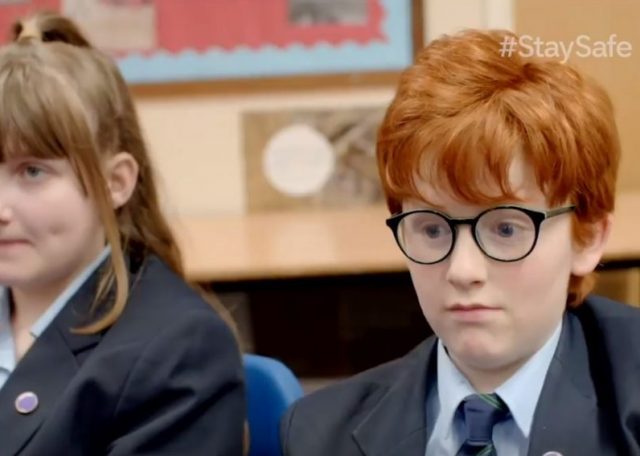
The contrast between the groups:
Henry wasn’t alone. In the white group, the discussion was stilted as self-conscious students struggled to know what to say when asked, “Have you ever thought what it means to be white?” One girl admitted, “It doesn’t really mean anything.” Meanwhile, in the non-white group, the children danced, laughed, and sang as they discuss their respective ethnicities and heritage.
“I love being described as black,” a black student named Bright said in additional footage from Daily Mail.
The experts took notice. “The contrast between the two rooms is phenomenal. This room is like a carnival, and this room is like a funeral,” said Dr. Nicola Rollock, an academic who works on race relations and joined the school throughout the experiment to observe how the children behaved.
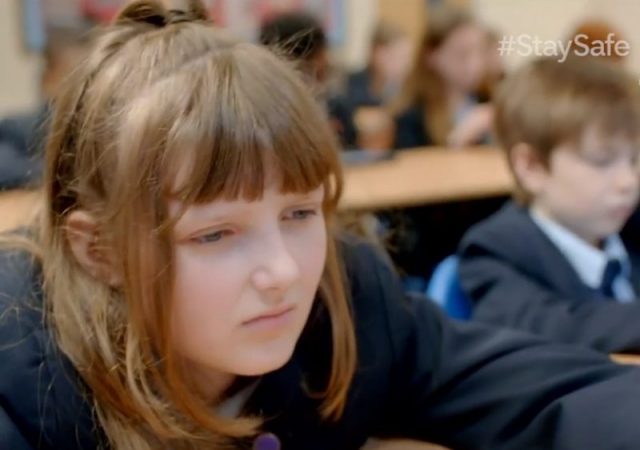
The white students noticed the stark contrast too. “Listening to their group, it sounds like they’re enjoying it a lot. But I don’t know if that’s because we’re not there…or…,” Henry told his group of white peers. According to Professor Rhiannon Turner, who also joined the school to observe the children’s behavior, Henry was “uncomfortable” because he was having a “new experience” as “an outsider.”
Mr. Grant, the teacher assigned to the white pupils, said it wasn’t easy to get them to open up, calling it “hard work” because “you never really talk about what it means to be white with white people,” especially as 11- and 12-year-olds. In contrast, Ms. Odugbemi had a much different experience with her non-white group, saying she “felt so privileged to be in the room with them to discuss these things.”
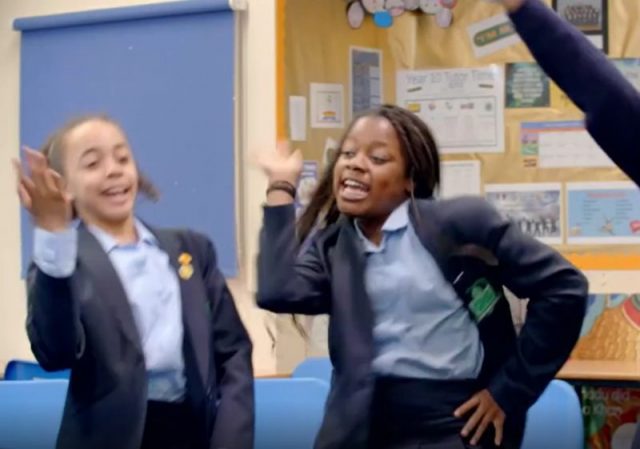
When the groups came back together to provide feedback, Henry became emotional, bursting into tears. He said he actually felt “jealous” of the other group. He cried again when speaking to his parents later. “What we were talking about is what it means to be white. And, it felt really weird. I didn’t feel comfortable talking,” he explained. “If I had the choice, I would be with my friends, not just by race, because that feels awful.”
White students struggled yet again during another affinity group session, where they were asked to bring in objects that reflect their own cultural background. While members of the non-white group showed off a diverse range of objects, including a certificate for Japanese school, Nigerian dresses, and a South-African bracelet, their white peers struggled to discuss their identity.
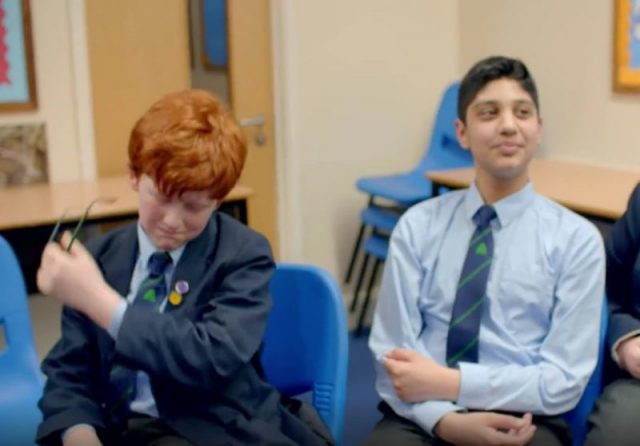
How outlooks changed:
Coming together again to discuss the exercise, Farrah, who’s half white and half Asian and initially wasn’t sure to which group she belonged, explained that she realized almost all of her friends are white and said going into the non-white affinity group gave her a chance to make friends with people of other races. She said she was feeling more comfortable and praised the experience.
However, not everyone agreed. “I think we should not have affinity groups. Nearly every single person in our group said they feel less comfortable in affinity groups than in the whole group,” Henry explained. Meanwhile, others in his group also admitted that they found it difficult to discuss race because they were worried about upsetting others.
“If we say something, that they think is or might be racist, it might be asking a simple question, they might be like, ‘Wow,'” one white pupil said.
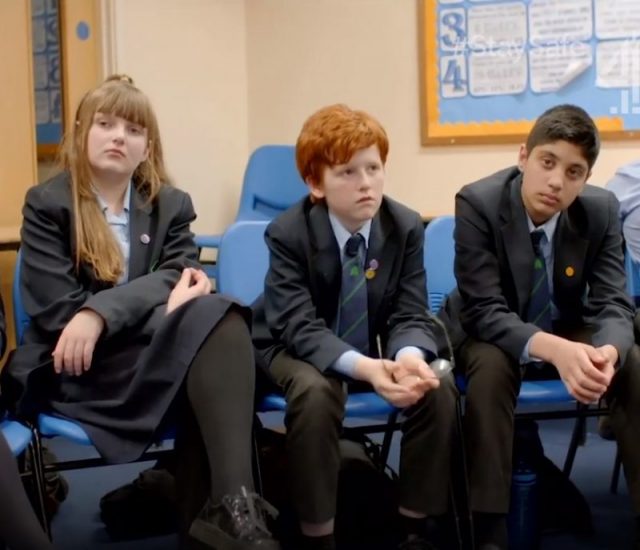
Was it a success?
Headmaster Steve Hume said that, if successful, the program would be built into the curriculum because he felt it was vital to educate the children on the topic, and according to Dr. Nicola, it was a success. Although she admitted the white pupils experienced “a discomfort and a guilt,” she said that, as more activities were introduced, “there was an understanding.”
Was it a success, though? Prior to the experiment, Farrah, who is mixed, said, “Even though I look different to white people and black people, I don’t think about it really. I don’t want to be described by my race. I want to be described as my personality and who I am.” After one of the experiments, however, she sang a different tune, saying, “I can’t feel comfortable in a room full of white people because I know I’m different.”
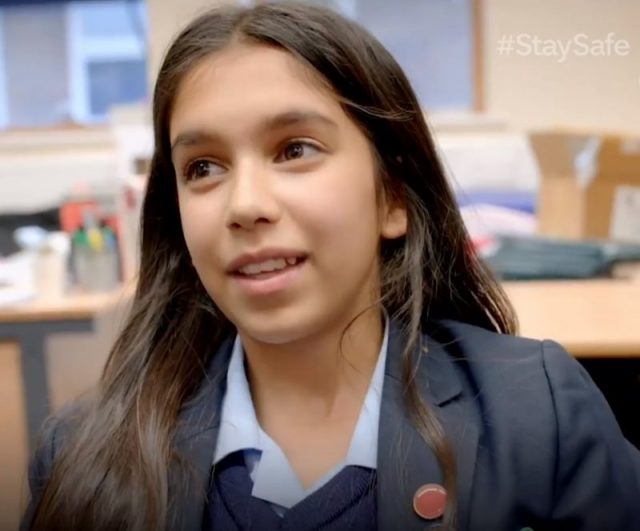
Following the exercises, Farrah teared up, explaining how she struggled with her race — something she previously said she didn’t really think about. Similarly, before the program, Henry had said, “I don’t think much about race. It’s just not normally something I discuss.” Do you think that will be the case now? Or, will these students now view everything in color, so to speak?
After several days in the program, Henry said, “I’ve learned that race is actually a bigger issue than I thought it was, and it’s not talked about enough.” Is he right? Or, perhaps, Morgan Freeman had a better idea — we stop racism when we “stop talking about it” — stop talking about skin color and stop letting it be used to divide us into opposing groups in our schools and elsewhere in our world.


